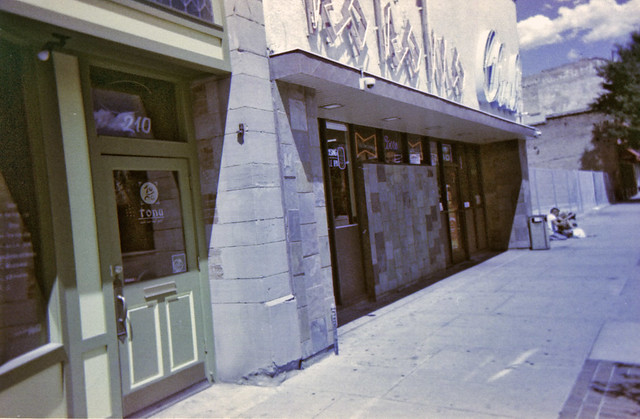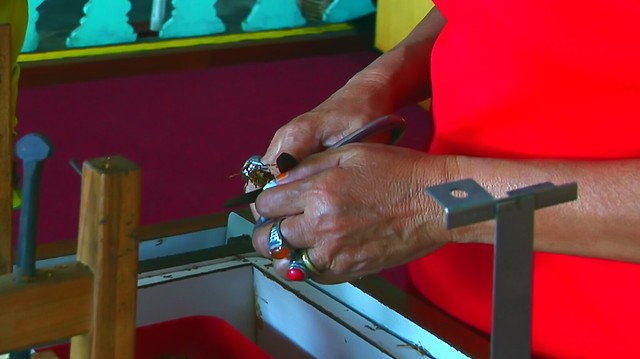What is a Transistor?
The transistor is the building block of microchips, such as your computer’s central processing unit. It also regulates and amplifies electronic signals like current and voltage.
Transistors are basically a sandwich made of 3 chunks of semiconductor material doped to make the P slices more positive and the N chunks more negative. They are used in many devices and are considered the most significant invention of the 20th century.
Emitter
The emitter of a transistor is a small region that has a higher concentration of electrons than the base. When the device is turned on, electrons in the emitter and base regions diffuse across the junction. This creates an electric field that enables current to flow through the device. This process is known as forward biasing. The device is a voltage controlled current amplifier, meaning that its operation depends on the voltage applied to it.
When a small current passes through the base of a transistor, it controls the flow of a much larger current between the emitter and collector. This allows us to control the signal amplitude, battery management which is used in a variety of applications, including digital and analog circuits. The transistor is one of the most important devices in modern electronics, but it remains a mystery to many hobbyists. In this post, we’ll explore the basics of transistors, from the physics of conduction to how they work.
The simplest way to understand the operation of a transistor is to look at the diagram below. The left side of the diagram is the emitter, which is a region with a high density of electrons. The right side is the base, which has a lower density of electrons and is lightly doped. When the device is switched on, the majority electrons in the emitter move to the base. They then combine with holes in the base, creating an electric current that diffuses across the junction. This current is called the base current, and it is inversely proportional to the base voltage VBE.
Base
The base of a transistor is the small region of the semiconductor device that receives current from the collector. It is narrow and lightly doped to reduce the recombination of charge carriers. This helps increase the amount of current that flows into the collector. The base also responds to changes in voltage connected to it. This allows the output voltage to change depending on how much current is flowing through the base, a process called amplification.
The basic transistor is made of two back-to-back PN (nedium and phosphorus) junctions. Physicists John Bardeen, Walter Brattain, and William Shockley invented the first working transistor in 1947. It revolutionized electronics by making it possible to build smaller, more powerful devices like radios, calculators, and computers.
It works by allowing a low-level electrical signal to pass through the base, then increasing the strength of the signal as it moves down to the emitter and collector. This increases the amplitude of the signal, and can even make it loud enough to hear.
While the three terminals of a transistor are generally labeled as B, E, and C, it’s important to remember that there’s a lot going on at the quantum physics level to control how these terminals interact. As a result, it’s often more helpful to think of the transistor as a triode valve rather than a diode.
Collector
The collector is moderately doped and larger than the emitter and base. It collects carriers sent to it by the emitter via the base. It’s also very thin to allow the current to flow through it easily and is lightly doped to reduce recombination between the bases and emitters.
When a signal is applied to the base pin of a transistor it enables the majority carriers in the emitter region (electrons for NPN transistors and holes for P-N-P transistors) to diffuse into the base region through the concentration difference. These electrons recombine with the holes and the ratio of diffused electron flow to the composite hole flow determines the amplification ability of the transistor.
Once this occurs, the blue plot line of Ic starts to increase at a rate equal to (beta x Ib) and the transistor is operating in its active or linear region. It can be used as a switch or as an amplifier.
When the input signal is very low, such as a five-volt square wave from a microcontroller timer output port, the transistor can operate in its cutoff or off mode. It will draw little or no current through the resistors R1 and R2. When the input signal is high, however, it can drive the transistor to its saturation or on state, where the LED and resistors get very hot.
Biasing
Biasing of a transistor is the process of applying a voltage to the base and emitter terminals to improve its performance. It allows it to operate in its active region and prevents it from drifting into the saturated programmable logic devices pld or cut-off regions. The biasing method used depends on the transistor type and individual circuit requirements. Other variables such as temperature and variations in the transistor properties can also impact the biasing.
One common method of biasing a transistor is to use a resistor connected between the collector and base. This is known as a negative feedback biasing circuit. This provides stable operation of the transistor and can prevent thermal runaway. However, it is not as efficient as other methods.
Another method of biasing is to use a voltage divider, which forward biases the transistor’s base-emitter junction. This method can be more effective than the negative feedback biasing, as it is less affected by changes in b. However, it does not provide as accurate a control over the output drive capability of the transistor.
This method of biasing requires the use of a large value of resistor to limit the current passing through the base-emitter junction. This resistance can cause high-frequency noise, which may affect the quality of the signal. It is therefore best avoided for audio applications. In addition, this type of biasing is limited to situations where a split power supply is available.


